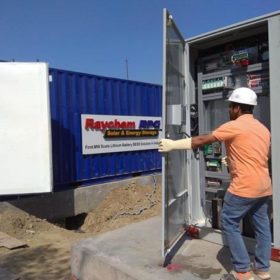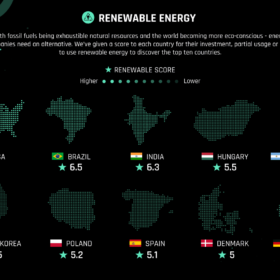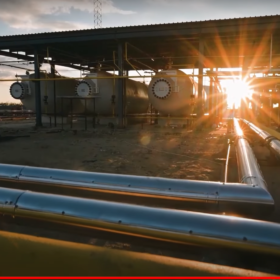Covid-19 can impact electric vehicle demand
Industry body FICCI has recommended an extension of the FAME II Scheme by at least one year to 2023 as it feels change in the consumer behavior can impact the demand for electric vehicles (EVs) in the short term.
Lithium-ion storage is here to stay
A German-Israeli research group has gathered for three days to discuss which storage technologies may outperform lithium-ion batteries in the future. They concluded that there is no such a thing as a “post Li‐ion” era in sight. They recommended a “side‐by‐side” approach for multiple technologies in different applications, as well as the hybridization of technologies. The group highlighted the strong potential of redox flow storage, which in their view may outperform Li‐ion, although only for stationary applications.
EU, India invite joint research proposals on integrated local energy systems
The projects shall be co-funded by India’s Department of Science & Technology and the European Commission’s Innovation and Networks Executive Agency. The aim is to make energy supply cleaner, more efficient and affordable by smartly integrating large amounts of renewable energy in local energy systems. Proposals can be submitted till September 1.
The long read: ‘We’re better off without standards’
Many factors are important in ballasting flat roof systems, such as wind speed and roof shape. In the past, however, wind force has unfortunately been underestimated, says wind expert Hans Ruscheweyh. pv magazine addressed this topic in a recent webinar with initiative partner Schletter, and drew several interesting points from the discussion.
Renew Power wins 400 MW ‘round-the-clock’ renewables auction at Rs2.90/kWh
The developer can opt for solar, wind or an hybrid facility alongside an energy storage system to ensure 24-hour power supply.
Alpex Solar reopens its module fab in Noida
The New Delhi headquartered company has its own state-of-the-art, automatic module manufacturing facility with a capacity of 350 MW per annum in Greater Noida, Gautam Budh Nagar district of Uttar Pradesh.
India ranks third on renewable energy investment
The country earned a score of 6.3 on a 10-point scale on the basis of its investment, partially usage or plans to use renewable energy in the near future—in a study by UK based analytics firm British Business Energy. The USA ranks first with a score of 7, followed by Brazil at 6.5.
Drones can drive down operational solar costs—Frost & Sullivan Interview
The market for drones in the power and utility industry will grow 23.6% annually, reaching $515 million by 2030—according to a Frost & Sullivan report.
The report, Drones in the Global Power and Utilities Industry, Forecast to 2030, cites ongoing digital transformation, remote monitoring, and the need to optimize operational costs as the factors driving increasing adoption of drones in the power and utility industry.
“Drones minimize the need to send human employees onsite and can be deployed for monitoring, operations, and maintenance services. As the global power and utility industry continues to tackle the impact of the ongoing Covid-19 pandemic, drones can be potential game-changers in combating the challenges it poses,” as per the report.
pv magazine spoke to Supreeth Srinivasa Rao, Associate Director, Industrial Practice, Frost & Sullivan, to find out the role of drones in the solar sector, especially for India.
A new technique for cooling solar panels
Scientists in Egypt have investigated the effectiveness of using water and a mixture of aluminum oxide and calcium chloride hexahydrate to cool PV modules. Optimal performance was observed with a solution of 75% water, according to the research findings.
India reduces energy intensity of economy by 20% compared to 2005
That’s a significant feat for the country which has pledged to bring down the energy intensity of the economy by 33 to 35% compared to 2005 levels by 2030.















